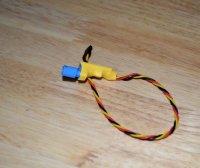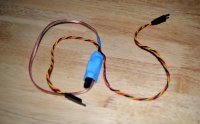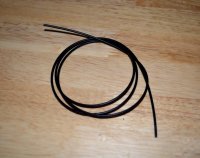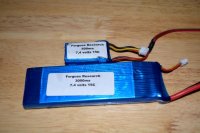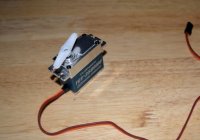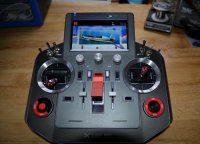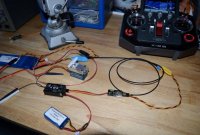Forgues-Research
150cc
Hi Everyone, I would like to speak about large scale airplanes with electronic safety in mind
Some years ago, I developed Fiber Optic servo extensions for a full size airplane project I had, because the servos wouldn't work on the length of the extension that I was using, so I had to find a different way of doing it.
The Fiber Optic extensions were born, although that particular airplane never materialized. That's another story.
But after developing these extensions , a whole bunch of qualities became known.
First , of course, I could use these at up to 250 feet from the receiver if I so wished , of course we don't use such long extensions but at least I knew there was no longer any limits of the size of Giant Scale airplane I could build, but that's just the beginning.
Stay tuned for next installment and at any time if you have any questions, feel free to ask and I will do my best to answer all of them
Some years ago, I developed Fiber Optic servo extensions for a full size airplane project I had, because the servos wouldn't work on the length of the extension that I was using, so I had to find a different way of doing it.
The Fiber Optic extensions were born, although that particular airplane never materialized. That's another story.
But after developing these extensions , a whole bunch of qualities became known.
First , of course, I could use these at up to 250 feet from the receiver if I so wished , of course we don't use such long extensions but at least I knew there was no longer any limits of the size of Giant Scale airplane I could build, but that's just the beginning.
Stay tuned for next installment and at any time if you have any questions, feel free to ask and I will do my best to answer all of them

